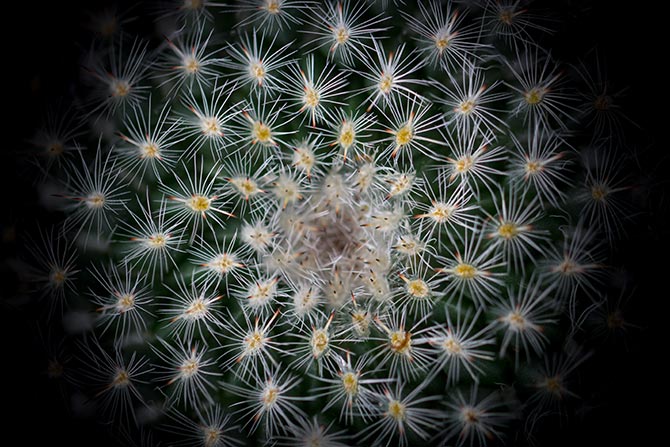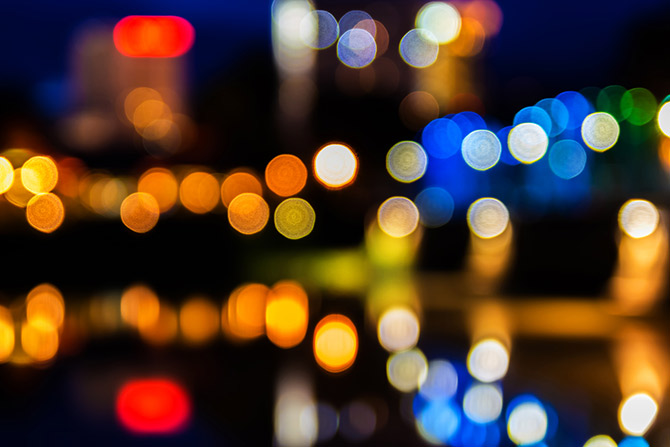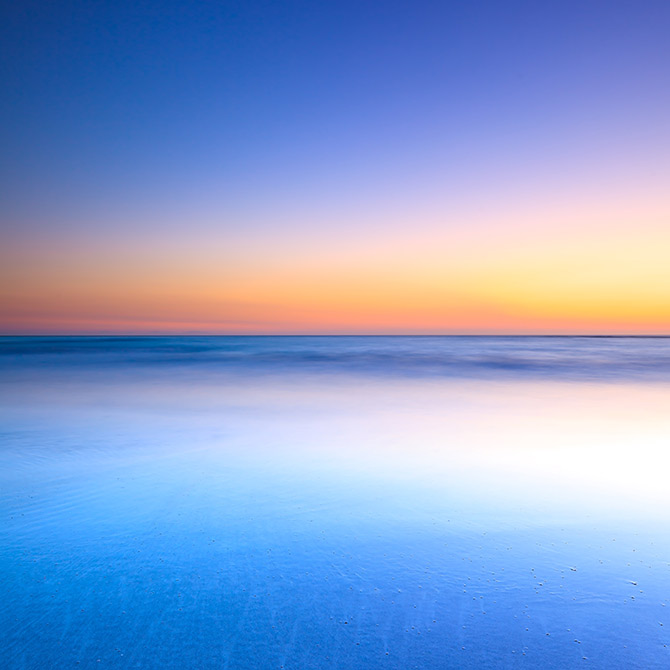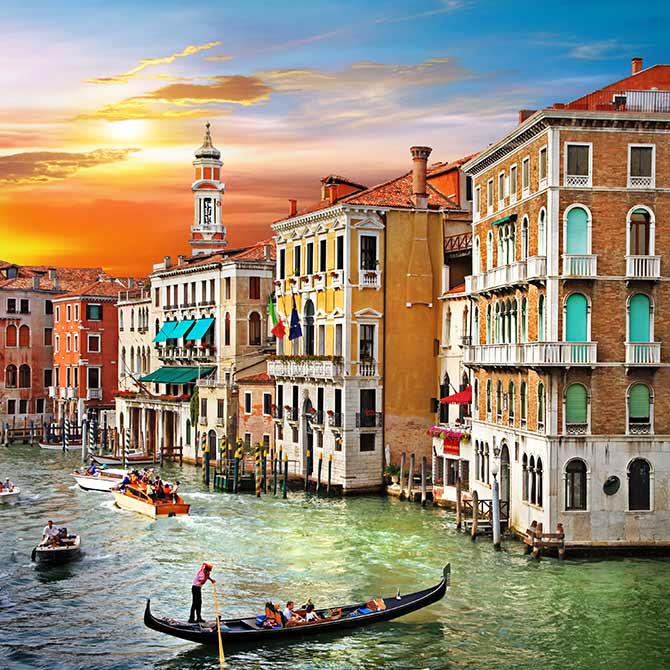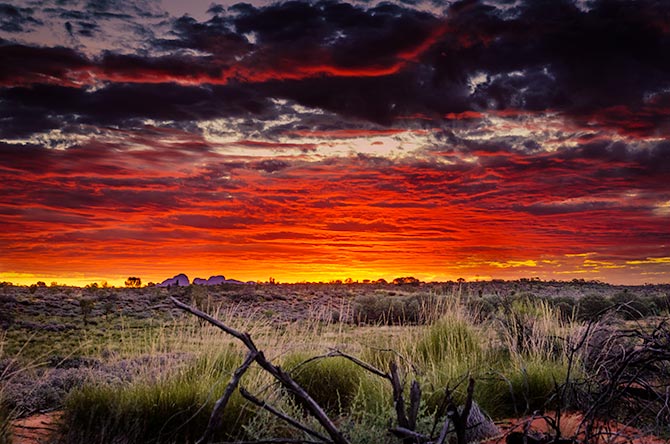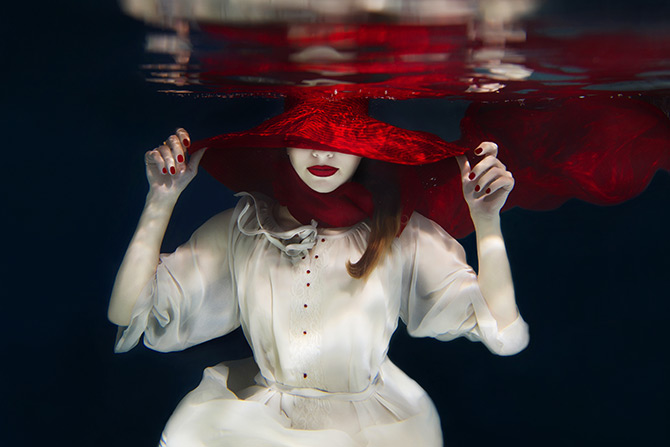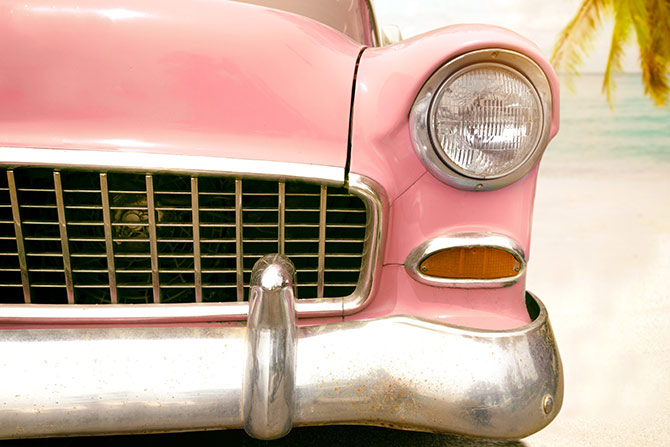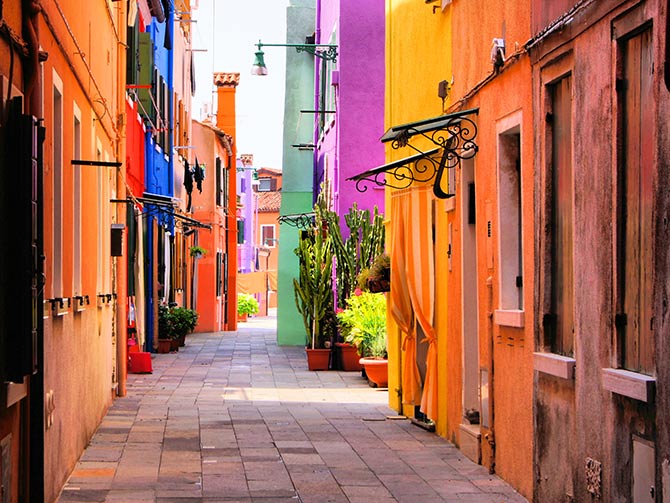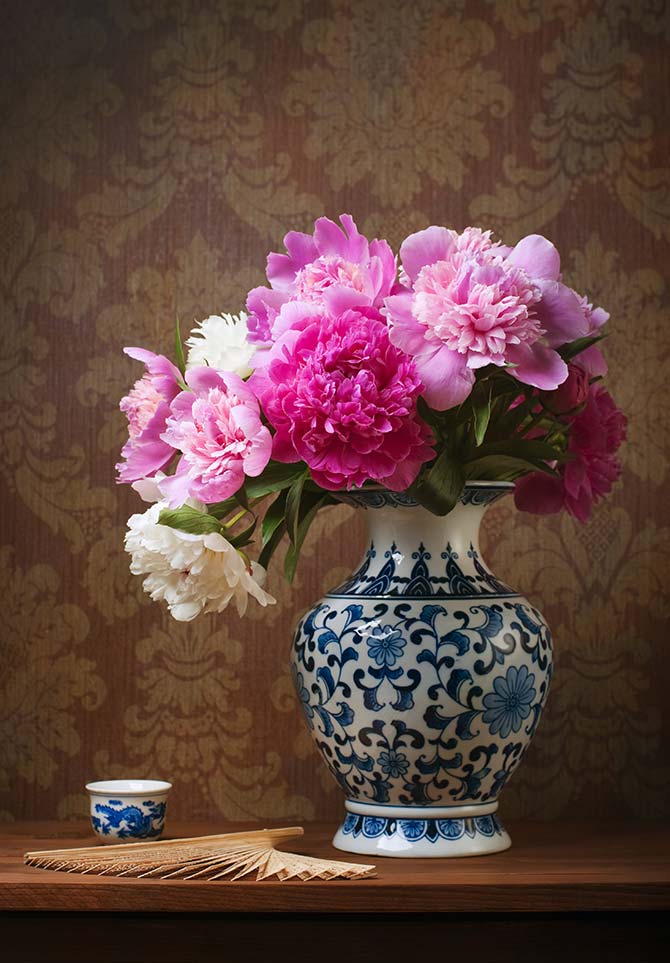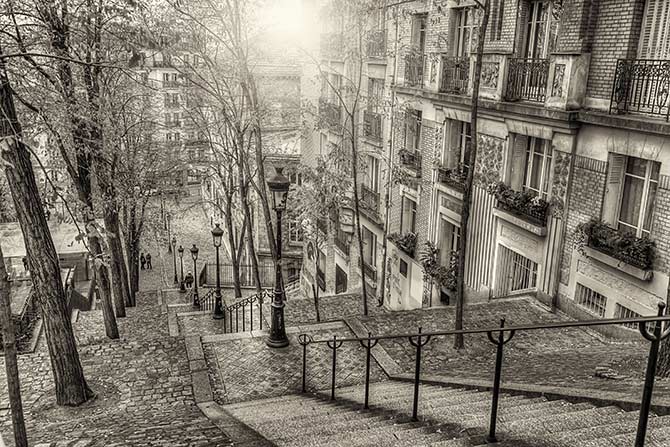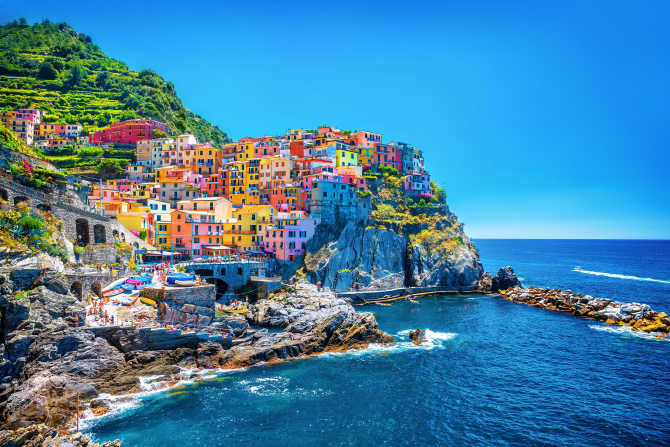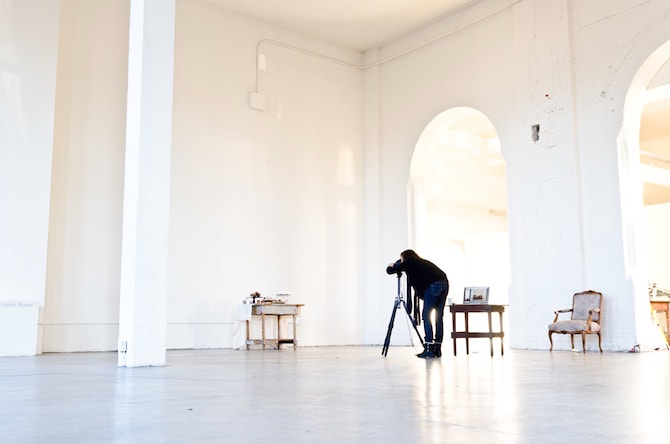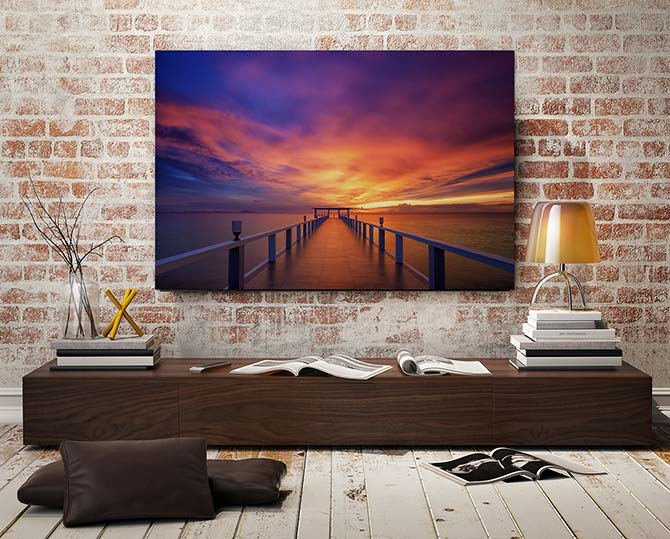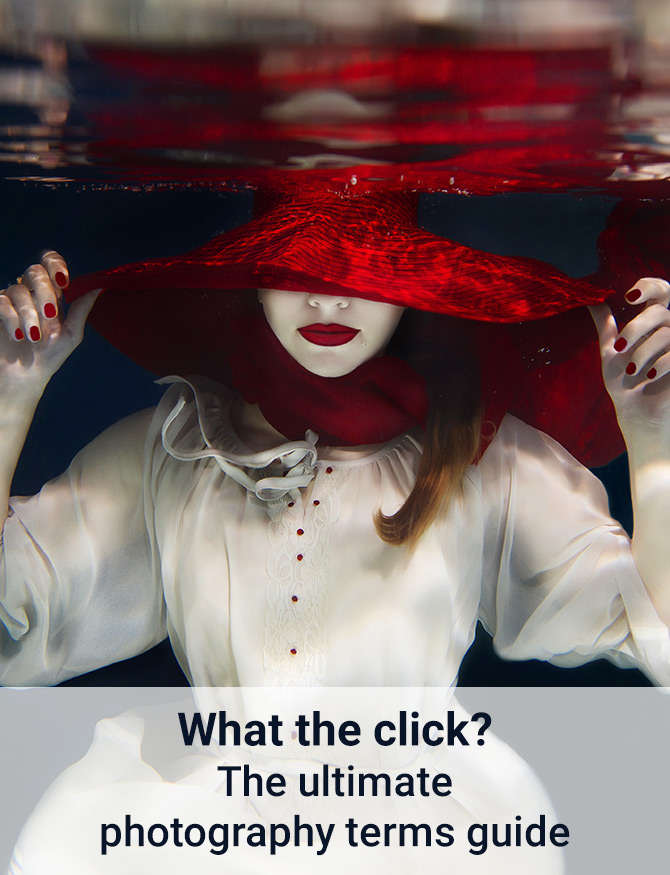
No matter how long you’ve been interested in photography or photographic art, there are undoubtedly terms that you’re not familiar with.
We’ve taken the liberty of breakding down the most popular photography terms so you can be well armed with the right knowledge.
Abstract
One of the most popular photography themes of today is abstract photography. It is often referred to as non objective or conceptual photography and can incorporate a more experimental approach. Abstract photography shows an object or image that does not have an immediate association with the world around it. There are many processes to achieve sassy abstract artworks.
‘Abstract photography challenges our popular view of photography as an objective image of reality by reasserting its constructed nature… Freed from its duty to represent, abstract photography continues to be a catchall genre for the blending of mediums and disciplines. It is an arena to test photography,’ Barbara Kasten.
Aperture
This is the hole that light travels through or the opening in the lens that allows the light in. The larger the hole, the more light that is allowed in. It can affect many things when taking photos, such as adding dimensions, exposure of your images.
Aperture is one of the facets responsible for exposure and determines the depth of field in an image.
Bokeh
You know when you see an image with blurred lights that is really appealing? That is bokeh. It’s an aesthetically orchestrated look where a photograph of lights is intentionally out of focus using a fast lens and looks dreamy and magical. This is one of the more fun photography terms that you’ll get to know!
Digital
Like the name suggests, digital photography are images that are taken with a digital device.
‘Most digital cameras have one of the following standardized exposure modes: Auto (A), Program (P), Aperture Priority (Av), Shutter Priority (Tv), Manual (M) and Bulb (B) mode. Av, Tv, and M are often called “creative modes” or “auto exposure (AE) modes.’
Exposure
Exposure is a combination of three things: shutter speed, aperture and ISO. It lends itself to the correct amount of brightness and is a way of controlling exactly how much light comes in when you take a photograph. Getting the right exposure helps create beautifully bright photographs like the one above from our ocean photography collection.
HDR
HDR stands for high dynamic range and is all about enhancing the dark and light parts of a photo to the point where it’s really heightened. The aim is to make the images stand out and replicate almost precisely what the human eye experiences. You’ll notice that HDR images are really sharp and bright and look incredibly real.
ISO
ISO stands for international standards organization [sic] and is considered a film speed rating that is standard across the world and photography industry and as a speed that determines how sensitive your camera is to the light coming in.
‘… controls how the sensor responds to the light it receives from the shutter and aperture. A high ISO makes it more sensitive to light, whereas a low is less sensitive to light.’
SLR (Single-Lens-Reflex)
SLR is essentially when you look through the lens and see precisely what the picture will look like once taken. It uses a mirror and prism system in the camera that permits the photographer to view through the lens. This helps you take a better shot because it rules out some of the guesswork of the end result.
Shutter speed
Shutter speed is the speed at which the shutter closes and controls the duration of the exposure and can determine how an image turns out. Your shutter speed also controls how the camera captures motion. A fast shutter speed will capture or freeze objects whilst a slow shutter speed exaggerates or blurs an image in motion (such as a waterfall).
Timelapse
Timelapse is one of those photography terms that you may already be familiar with. It’s a technique in which film frames are captured at an incredibly slow rate. They are then played normal speed so it appears as though time is moving fast and you are able to watch a changing scene in a shorter amount of time. You might like to explore a cityscape with traffic or movement of the sun or moon in timelapse mode.
Landscape
Landscape photography is the art of capturing the world around us. With so much incredible beauty and breathtaking scenes in nature, it seems advantageous to capture these visual treats for everyone to share.
Landscape photography places emphasis on taking scenes in outdoors or nature and making it feel as if the viewer is actually there. This technique takes a certain skill set and patience to work with nature and the light.
Contemporary
Contemporary photography generally references photography of our time, with modern and sometimes experimental themes. It often (but not necessarily) involves innovative and imaginative approaches.
Vintage
Vintage photography often uses or mimics old photo processes of times passed. It demonstrates specific eras that arouse nostalgia or provide historical nuance which contemporary photography lacks.
You might consider black and white, sepia and other retro tones of photography to form part of this vintage style. And changes in colour and saturation can replicate photos from the “olden days”.
Travel
Travel photography is a popular genre of photography because humans just love to travel! Capturing the experience on film or digitally comes a close second and puts viewers in the scene. Travel photography documents an area or country’s landscape, people, cultures, customs and history.
Still life
Still life photography is utilised for showcasing an inanimate object or subject and depicts food, flowers or objects that are, as the name suggests, still. The photos are often simple, with a clear, single and striking focus on one or two elements.
Monochrome
Monochrome photography is a type of photography that uses the position and amount of light in the image. It’s not just black and white photography either. It can also include sepia, grey, brown or other single colour or hue focuses.
That’s a rundown of common photography terms that you can use to impress people at your next dinner party. But if you’re finding there’s too much to remember, you can always explore the wonderful world of fine art photography from the comfort of your sofa!

